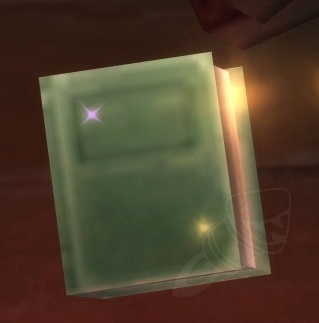


Ĭlaire Fanger, ed., Conjuring Spirits: Texts and Traditions of Medieval Ritual Magic (University Park: Penn State Press, 1998). Richard Kieckhefer, Forbidden Rites: A Necromancer's Manual of the Fifteenth Century 3 ( The MiddleĪges) (Philadelphia: University of Pennsylvania Press, 2002). Out correspondences and discontinuities between medieval and Renaissance magic.īengt Ankarloo and Stuart Clark, eds., Witchcraft and Magic in Europe, vol. The first part of this course willĮxamine the magical texts and practices of medieval Europe. Practice and assumptions about the operations of magic. But shiftingĪttitudes toward mages are not necessarily correlated with shifting perceptions of magical Tendency for them to be intellectual property claimed by their actual authors. Pseudonymous (with exceptions) from the later fifteenth century onward there is a greater Texts written in Western Europe up to the fifteenth century tend to be anonymous or Jakob Burckhardt's celebrated but problematic notions of the Renaissance individual areīorne out no more and no less in the realm of magic than in that of art or politics. With more detail on particular experiments than the famous thirteenth-century Picatrix and more variety than the Thesaurus Necromantiae ascribed to Roger Bacon, the manual is one of the most interesting and important manuscripts of medieval magic that has yet come to light.Kieckhefer: Medieval Magic & Renaissance MagesĮ-mail: 2:00-5:00 p.m., 4 April to 6 June 2003

It is exceptional, however, in the scope and variety of its contents-prayers and conjurations, rituals of sympathetic magic, procedures involving astral magic, a catalogue of spirits, lengthy ceremonies for consecrating a book of magic, and other materials. Like many medieval texts for the use of magicians, this handbook is a miscellany rather than a systematic treatise. The result is the most vivid and readable introduction to medieval magic now available. Forbidden Rites consists of an edition of this medieval Latin text with a full commentary, including detailed analysis of the text and its contents, discussion of the historical context, translation of representative sections of the text, and comparison with other necromantic texts of the late Middle Ages. Preserved in the Bavarian State Library in Munich is a manuscript that few scholars have noticed and that no one in modern times has treated with the seriousness it deserves.


 0 kommentar(er)
0 kommentar(er)
